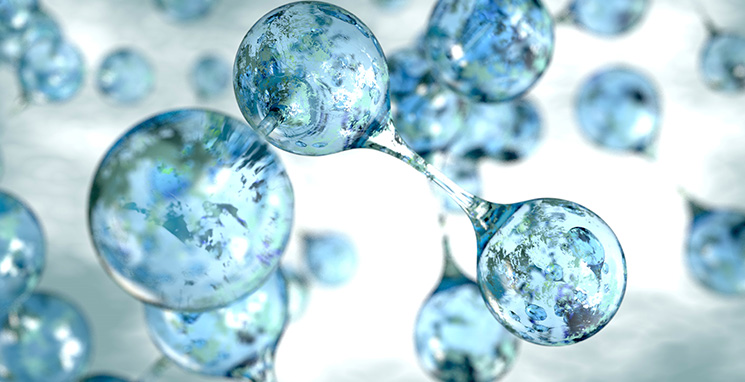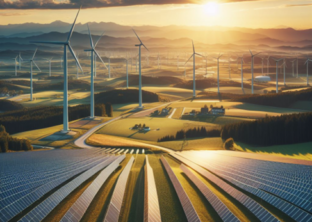Markt für Elektrolyseure – das globale Wettrennen beginnt

Die International Renewable Energy Agency (IRENA) prognostiziert in ihrem „World Energy Transition Outlook 2022“, dass die Kosten für Elektrolyseure bis 2030 ähnlich schnell sinken werden, wie dies bei Sonnenkollektoren und Windturbinen der Fall war. Zwischen 2010 und 2019 sind die Kosten für Solarmodule um 82 % gesunken und die Onshore-Windkosten um 39 %. Ein Schlüsselfaktor für die Reduzierung der Kosten für grünen Wasserstoff ist die Industrialisierung der Herstellung von Elektrolyseuren. Nachdem die EU-Kommission angekündigt hat, die Wasserstoff-Ziele deutlich nach oben zu schrauben, erhöht auch die Herstellerindustrie für Elektrolyseure das Tempo.
Zwei der bekanntesten Elektrolyseurhersteller Europas haben Investitionen in Höhe von rund 250 Mio. US-Dollar angekündigt, um Fabrikerweiterungen zu finanzieren. Das norwegische Unternehmen Nel, das alkalische und PEM-Elektrolyseure herstellt, hat 174 Millionen US-Dollar bei Investoren eingesammelt und auch Sunfire sicherte sich weiteres Wachstumskapital in Höhe von 68 Millionen US-Dollar über seinen Copenhagen Infrastructure Energy Transition Fund I (CIP) zu. CIP gehört zu den weltweit größten Projektentwicklern für erneuerbare Energien und ist u. a. in den Bereichen Offshore-Windkraft, Energiespeicherung und Power-to-X aktiv.
In den kommenden Jahren plant CIP Druck-Alkali-Elektrolyseure mit einer Gesamtleistung von bis zu 640 MW zu beziehen und europaweit in seinen Multi-GW-Projekten einzusetzen. Sunfire produziert industrielle Elektrolyseure basierend auf den Alkali- und Festoxidtechnologien und beschäftigt mehr als 370 Mitarbeitende an Standorten in Deutschland und in der Schweiz. Auch Volkswagen will zu einem weltweit führenden Akteur bei Wasserstoffelektrolyseuren werden und hat angekündigt, dafür 500 Millionen Euro investieren zu wollen. Das globale Rennen um den Wasserstoffmarkt hat begonnen.
Laut eines aktuellen Berichts von BloombergNEF sollen chinesische Hersteller von Elektrolyseuren mit dem Export von Alkaline-Systemen in die USA und nach Europa, die viermal billiger sind als westliche Äquivalente, gestartet haben. Bei den innovativeren Technologien wie PEM, Festoxid oder alkalischen Druckelektrolyseuren, sind weiterhin die europäischen Hersteller führend. Ein rascher Preisverfall für Elektrolyseure ist von Bedeutung, wenn es darum geht die Erderwärmung zu stoppen. Laut IRENA bedarf es einer jährlichen Produktion von mehr als 100 Millionen Tonnen grünem Wasserstoff bis 2030 und von mehr als 400 Millionen Tonnen bis 2050, wenn die globale Erwärmung auf 1,5 °C über dem vorindustriellen Niveau gehalten werden soll. Dies geht jedoch nicht ohne ausreichend billigen Strom aus erneuerbaren Quellen.
So bedauernswert und tragisch der Krieg in der Ukraine ist, so rücken durch die Frage der Energiesicherheit nun auch Wasserstofftechnologien zunehmend in den strategischen Fokus.
Quelle: Recharge, 29.03.20220 / IRENA; World Energy Transitions Outlook 2022







